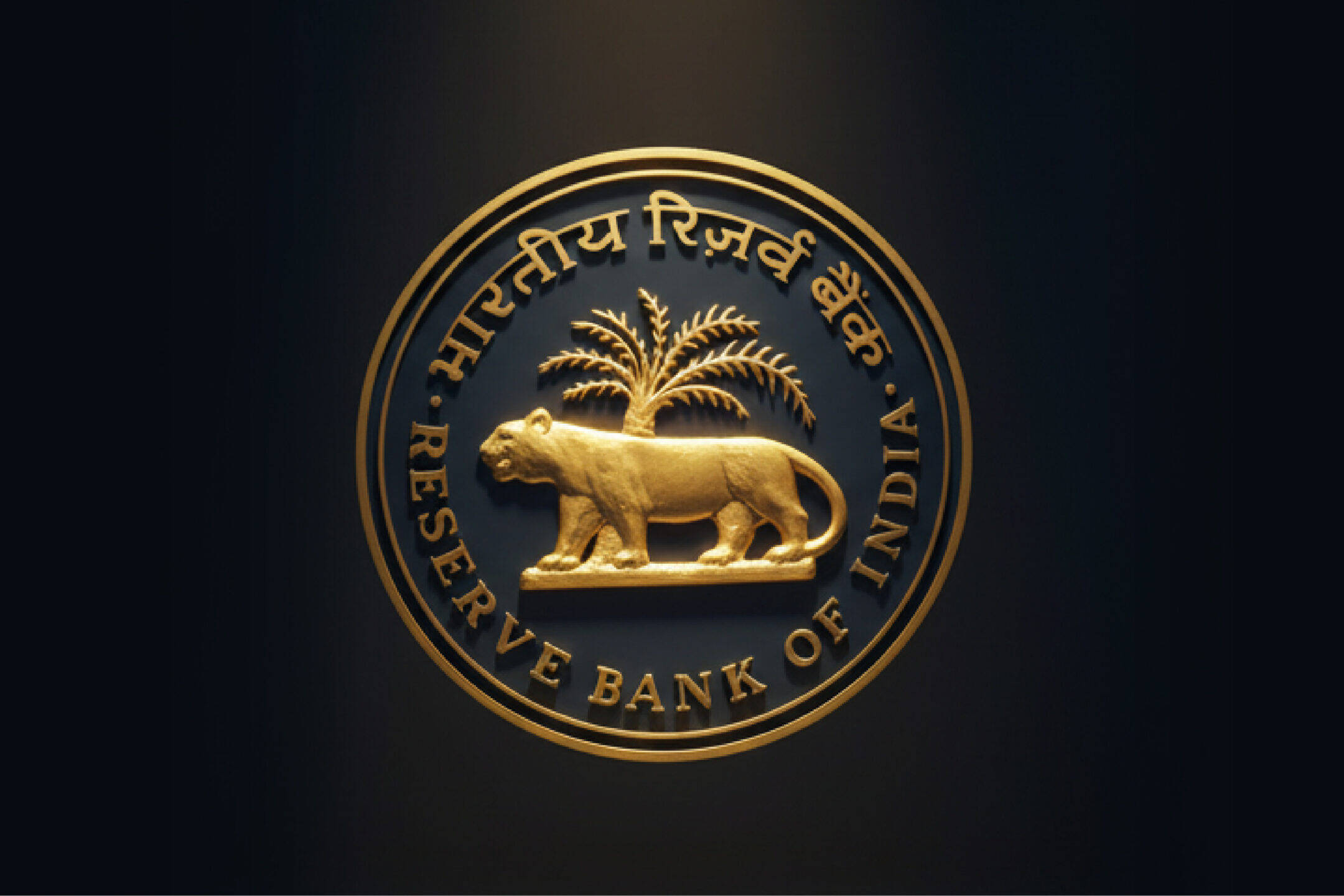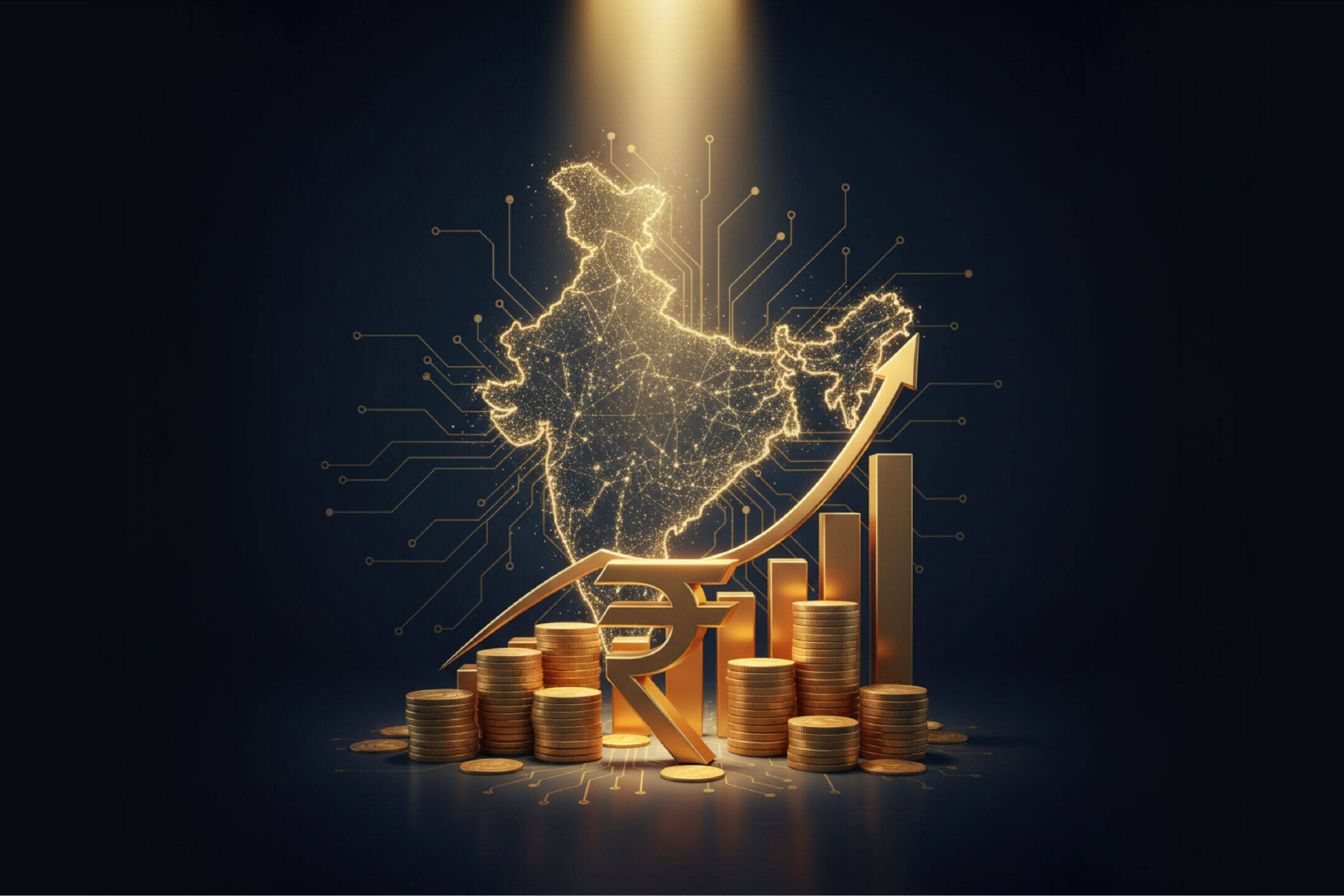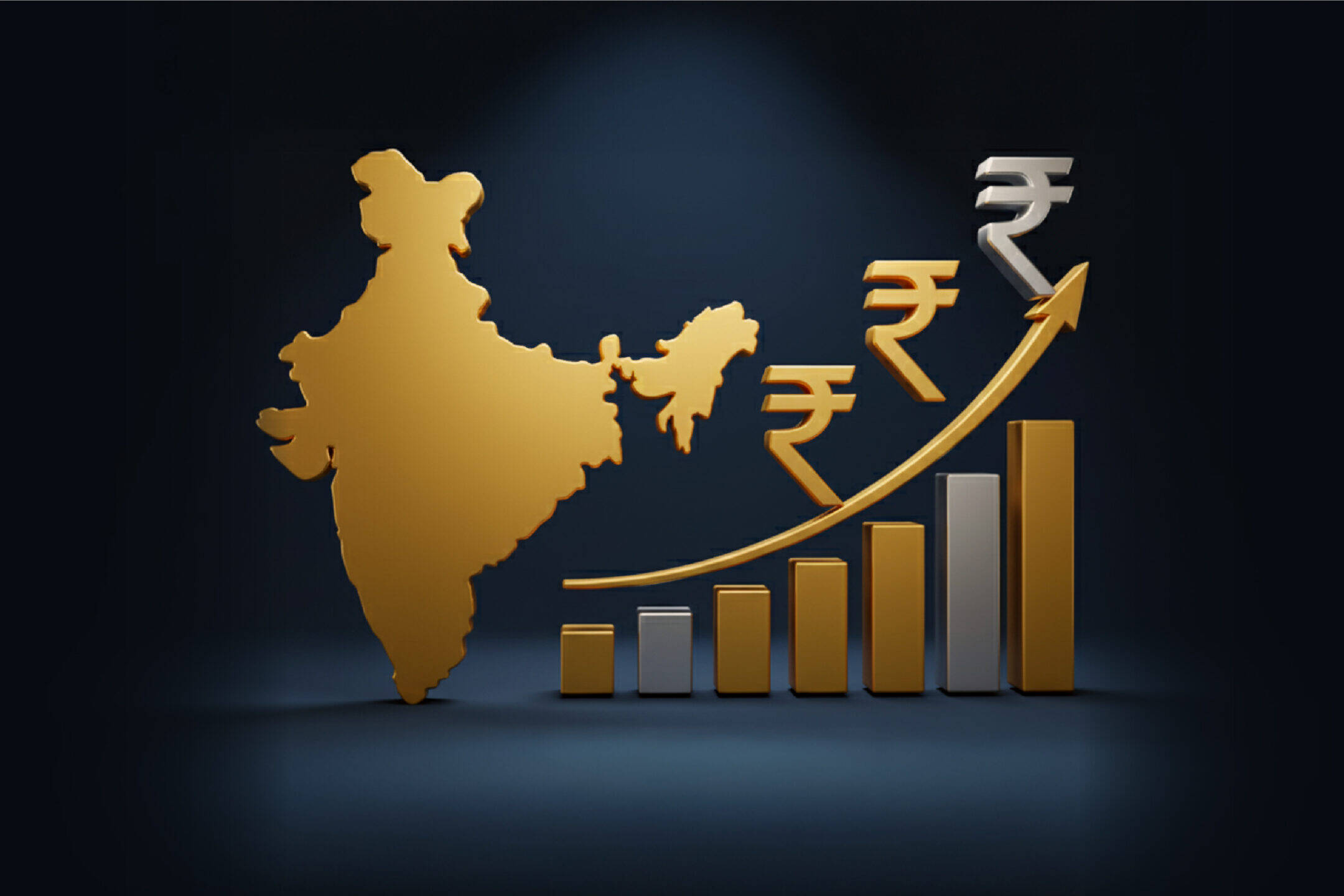In March 2020, the onset of pandemic made Sensex crash to 26000. Since then, barring a few exceptions, the upward rise of India’s stock indices has been relentless. This year itself, the benchmark Sensex has surged more than 23%. And as the indices have gone up, so has the market capitalization. India is now the world’s sixth-biggest stock market, overtaking France for the first time in market capitalization, which stood at $3.4055 trillion (against $3.4023 trillion in France). The US stock market is the world’s most valued with an m-cap of $51.30 trillion followed by China ($12.42 trillion), Japan ($7.43 trillion) and Hong Kong ($6.52 trillion) [Source: Bloomberg data].
In terms of market value, India posted the biggest yearly gain, adding more than $873.4 billion or a rise of 35% from $2.52 trillion on 31 December 2020. Since the March 2020 low, India added nearly $2.08 trillion market cap or a 159% gain. In 2020, it added a $373 billion market cap or gains of 17.4% from $2.14 trillion. Year-to-date as on September 2021both Sensex and Nifty have advanced by 23% and 25% respectively. Foreign and domestic investors have bought stocks worth $8 billion and $3 billion respectively.
If anything, this growth in the broader Indian markets in the last 22 years from 5,000 levels to over 60,000 now is reflective of the growth in the economy and the potential ahead. The long-term story of India remains intact.
A few factors which have buoyed the markets in the last year and are likely to help India’s market cap to rapidly increase over the next 2-3 years:
1) Unprecedented retail participation
2) Increased IPO activity – capital raised in last year surpassed issuance in last 3 years
3) Digital transformation and rise of ‘new economy’ private unicorns coming to public markets and a continued strong IPO pipeline.
In the near term, from these record levels, easy monetary policies, strong liquidity, positive macroeconomic cues and, to an extent, revenge spending are likely to support domestic markets to continue their movements. Consumer demand is expected to pick up, given the festive season has begun and the restrictions are continuing to ease.
A few developments that could rein-in the bull run could be the possible global impact of the Evergrande’s debt crisis, a third wave of Covid-19 , the restive Middle East or the simmering tensions in South China Sea. No one knows for sure.
Regardless of the dizzying pace of the market rally or any corrections that follow, the long-term story of India’s economic growth remains positive.
Related Posts
October 28, 2025
India-UK Free Trade Agreement: A Strategic Leap for Growth & Investment
India and the United Kingdom have signed a historic Free Trade Agreement (FTA)…
May 26, 2025
Gold vs. Silver in 2025
2025 is turning out to be quite a challenging year for most investors and fund…
May 5, 2025
Sensex VS Wall Street
In a fascinating turn of events, the unstable global situation due to…
April 21, 2025
RBI’s Latest Rate Cut: What It Means for Debt Investors & Borrowers
Welcome to our blog series on investing styles, in this series, we explore…
December 28, 2023
2023 A tale of resilience amidst mounting challenges
2023 has been a year of resilience, with markets and economies adapting to…
December 6, 2022
Time for Indians to Rethink the Wealth Paradigm
India is at a pivotal moment to rethink its wealth paradigm, focusing on…
September 20, 2022
Understanding the Basics of Strategic and Tactical Asset Allocation
As an investor, you are focused on one thing – maximising your returns,…
August 13, 2022
India at 75 – Assessing the History, Considering the Opportunities
s India celebrates ‘Azadi ka Amrit Mahotsav’, commemorating 75 years of…









